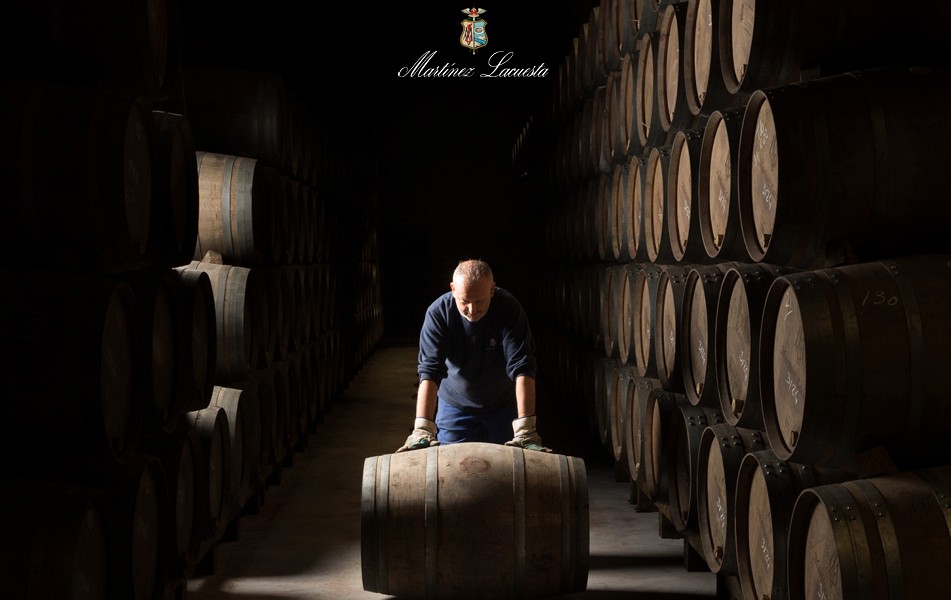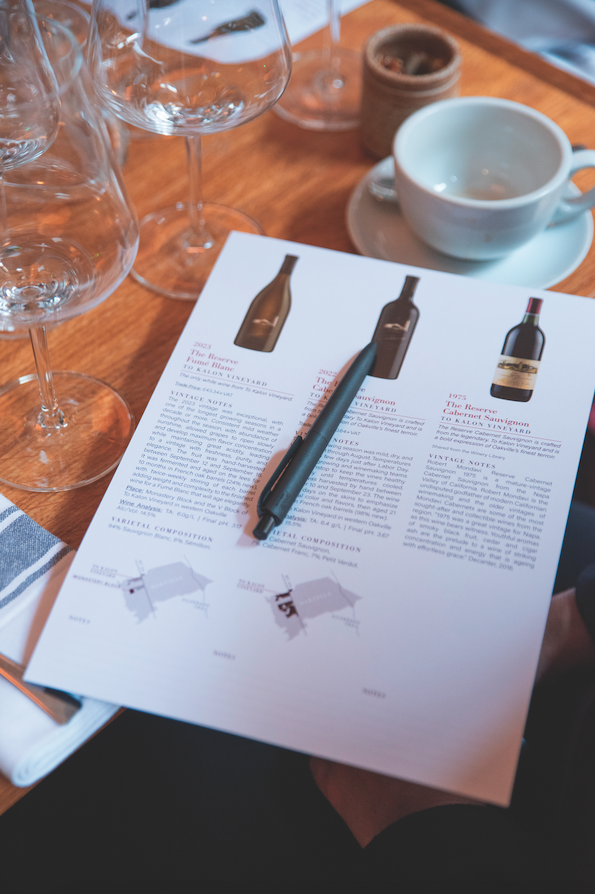Fine wine investment: All in good time
There has been a fair amount of comment about the inactivity in the fine wine market over the last few weeks, indeed even the high-flying Burgundy sub-index is off around 4% since the end of November, but to our way of thinking this is perfectly understandable.
Amphora has never bought the argument that fine wine price performance should always be uncorrelated against other asset classes, so if Brexit-related issues paralyse so much else, why not the fine wine market?
Most readers will have either first or second hand knowledge about how difficult it is to sell a property at the moment, and we believe that there are interesting parallels between property and fine wine, which we shall briefly explore.
In the UK we are constantly told that there is a shortage of housing with the result that first-time-buyers can’t get onto the housing ladder. It must feel a bit like never having the opportunity to taste a DRC. Joking aside, that reductio ad absurdum captures the essence of what is going on right now, and for exactly the same reason: a scarcity of supply.
For prices to rise this scarcity of supply has to be met by demand of some sort, and at the moment there is relatively little demand for one very good reason: uncertainty. For something as major as buying a house you have to have some sort of assurance that you’ll be able to afford the mortgage for a decent few years.
Just as there is a demand constraint in the property market we must accept that there is a perfectly good reason to hold back on fine wine purchases, especially for a non-sterling investor. High-end consumers are still going to be in the market but investor psychology is highly risk-conscious, and most investors would rather wait and know, even if the resulting delay is costly, than punt on an outcome.
We have experienced this at first hand on a recent trip to India, where the Brexit question was on everyone’s lips. It is easy to frame an argument about taking what we suggest would be an educated risk, simply on the basis that there is a natural hedge in the fine wine market for a foreign investor. If the market rises as Sterling falls you are obviously covered.
The fact is, however, that an investment, particularly a new one, is an emotional event. Once you are in the swing of the activity it is important to be as detached as possible, but when it comes to something new it is ferociously difficult to part with the dough, so any excuse and you’ll just wait. Brexit really is a spectacularly good excuse!
So that is why the market seems to be treading water, but as mentioned above, consumers are still ‘at it’ and stocks are being run down. What that means is that once the skies clear everyone will be replenishing their inventory and the market will start its next rally. It is a bit like this towards the end of a consolidation phase. Merchants effectively go on risk every time they put something on the shelf, so when demand is thin there is less incentive to stock up.
Partner Content
Low stock levels plus rising demand equals next leg of bull market, so the canny investor makes what they hope is an educated guess and pre-empts all this, leading to healthy returns, but the Brexit signpost points to diametrically opposite conclusions for sterling so everyone has an excuse to wait.
One region we should all be looking closely at currently is Napa Valley which is in a very rich vein of on-vintage form. It is quite unusual to get fabulous vintages in consecutive years, like the 2009s and 2010s in Bordeaux, but Napa Valley has reeled off four in the past five years. Having taken a bath in 2011, from 2012 to 2016 the regional vintage scores have been 96 98 93 97 and 98.
This is giving the likes of Opus One and Dominus the chance to create a series of truly memorable wines, and Dominus in particular is taking it in both hands. Over those five years its individual wine scores have been 98+, 100, 97, 100 and 100. This is a quite splendid run, and will eventually be recognised in the market place. We say ‘eventually’ because the market has been slow to acknowledge the Dominus quality.
We have written several times in the past about the scores favouring Dominus but the prices favouring Opus One, yet since we accept that we have no idea when this relationship will change we cannot recommend massively overweighting Dominus at the expense of Opus. That said it is surely difficult to argue against the recent Dominus trend, so we are very happy to include their wines particularly if they offer good relative value against their own other vintages.
To that end we currently strongly recommend Dominus 2012 at £1,930 per case of 12, and we will be keeping a sharp eye out for the release price of the wonderful 2016 come May this year. Writing for Parker’s The Wine Advocate Lisa Perrotti-Brown MW says that if she could have given a score of more than 100 points for it, she would have done so!
Philip Staveley is head of research at Amphora Portfolio Management. After a career in the City running emerging markets businesses for such investment banks as Merrill Lynch and Deutsche Bank he now heads up the fine wine investment research proposition with Amphora.




